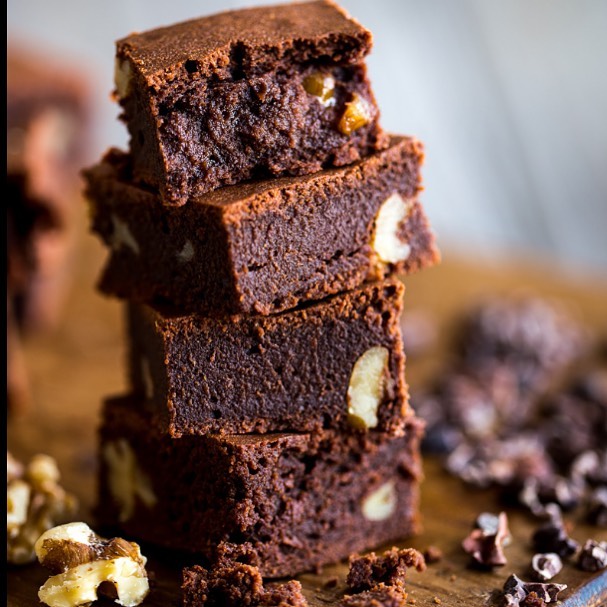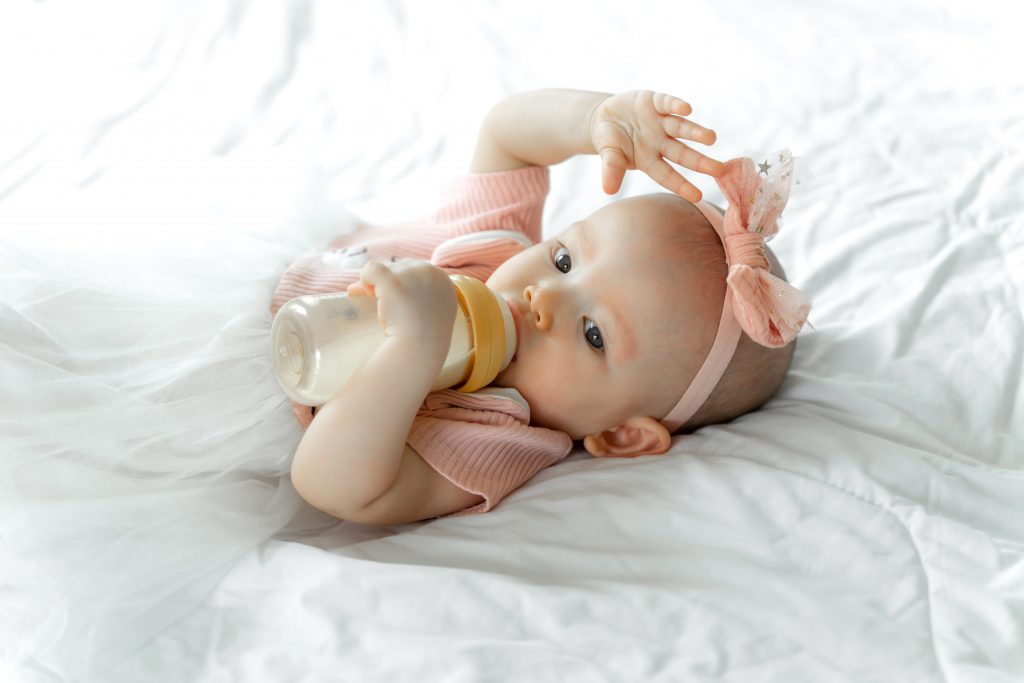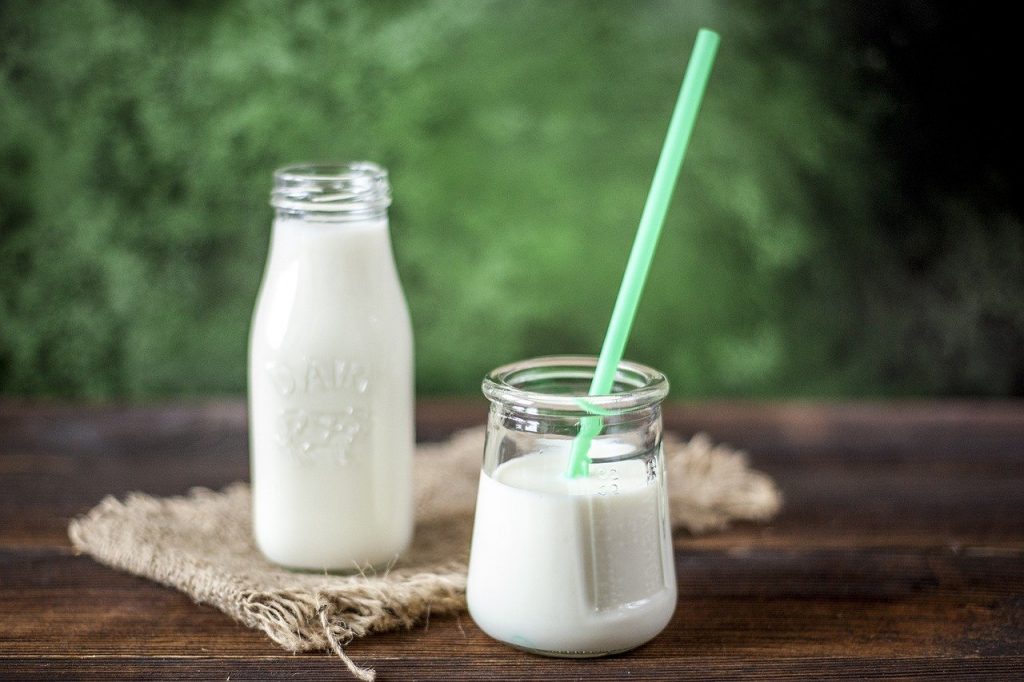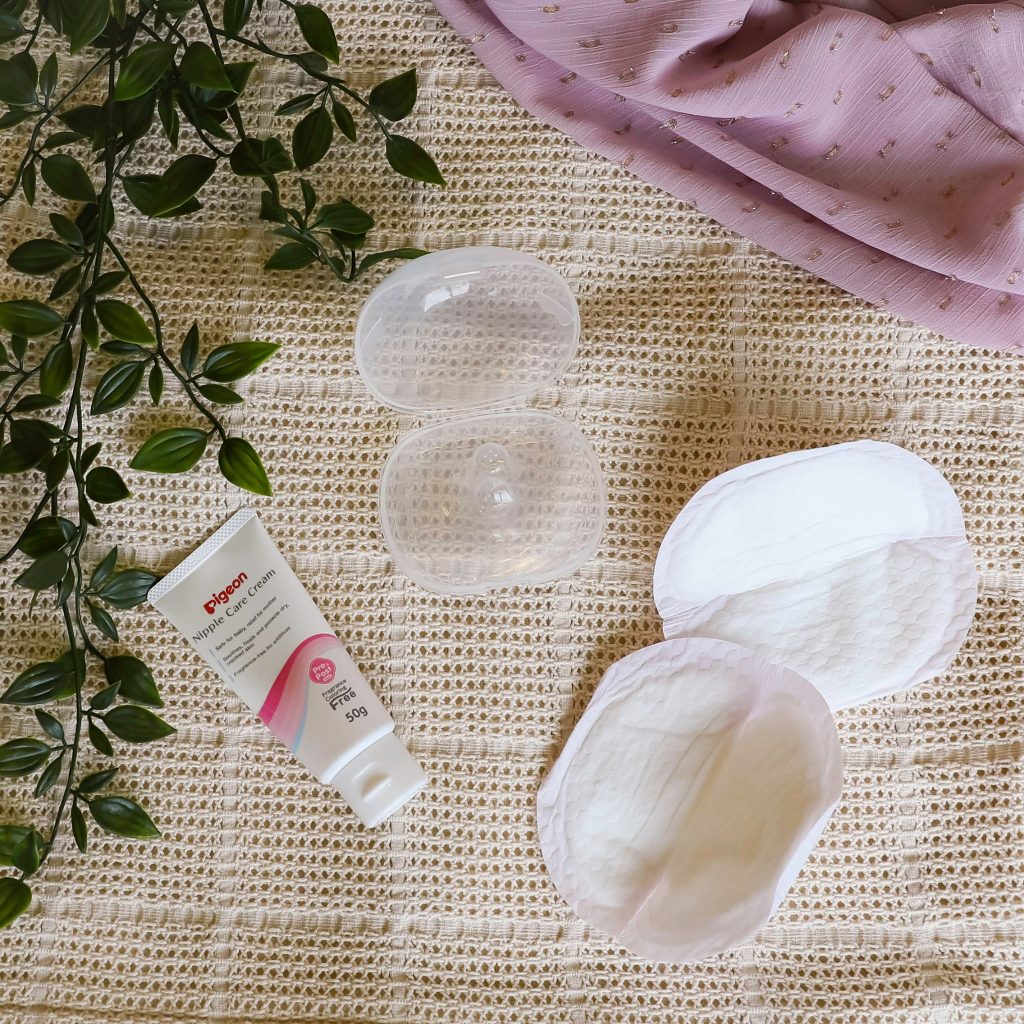If you’re beginning your breastfeeding journey with your little one, read on to find out more about how to latch your baby properly and avoid most of the concerns outlined below. We’ve also included some useful nursing aids and hacks to make your breastfeeding journey a breeze.
Common Concerns
Latching

Latching Properly
Here are a few steps to ensure your baby is latching on properly. After he/she’s in the right position, use your free hand to hold your breast. Your thumb should be at the spot where your baby’s nose will touch your breast, above your nipple and areola. Meanwhile your index finger should be in the spot where your baby’s chin touches the breast.
Compress your breast so it resembles your baby’s mouth. Stroke his/her cheek to kickstart the rooting reflex. Let your baby open his/her mouth by tickling his/her lips with your nipple, then bring your baby to the breast. Just to ensure your latch is good, ensure your baby’s chin and tip of nose are touching your breast, and his/her lips should be puckered out.
Baby-Led Attachment
Otherwise, you can try baby-led feeding. Observe his/her early feeding cues, and start when your baby is calm. Sit in a semi-reclined position, with pillows supporting you, and place your baby between your breasts facing you. Your baby’s head should be right above your breasts. Make sure there’s plenty of skin-to-skin contact.
As your baby lifts his/her head, support his/her neck and shoulders with your hand and wrist, but don’t put pressure on his/her head. When your little one gets close to your nipple, he/she may nuzzle around and lick, followed by digging his/her chin in, opening his/her mouth, and begin sucking.
Incorrect Latching Signs and How to Resolve it

You shouldn’t feel nipple pain, which indicates your baby is chewing on your nipple rather than gumming the areola. Other signs are if you hear clicking noises or missing the mark completely. As with the first, unlatch and try again.

Additionally, you can try a couple of positions to ensure you’re comfortable and baby’s latching well. One of these includes the crossover, sitting in a comfortable chair or rocker, holding your baby in the crook of your arm. His/her tummy should rest against yours.
Next, support your baby’s head and tilt him/her towards your breast till he/she latches on. Cradle your little one’s head as he/she feeds. Otherwise, you can support him/her up with the arm on the same side as the nursing breast, and you can use a pillow for extra support.
Removing Your Baby From Your Breast
When removing your baby from your breast, place your finger in the corner of his/her mouth to break the suction, and then remove your baby from your breast.
Helpful Nursing Aids: Try using a nursing pillow – which also helps support your body during pregnancy, such as the Red Castle Big Flopsy Maternity & Nursing Pillow ($149) or the Cambrass Nursing Pillow ($119). These support the back and relieve shoulder and arm aches, as well as avoiding any perspiration caused by body heat.
Insufficient Supply

To boost your supply, do try to start breastfeeding as early as an hour after delivery. For the first few weeks, you should be breastfeeding as many as eight to 12 times a day, or around every two or three hours. Additionally, offer both breasts at each feeding, and pump the other breast to continue producing a sufficient amount.
Try as much as possible to keep to the schedule, whether physically breastfeeding your baby or expressing it via a pump to protect your milk supply. Ensure your milk supply is established in the first three to four weeks before giving your baby a pacifier, and use medications with caution as some may decrease your milk supply. Of course, avoid alcohol and nicotine during this time.
Other ways to boost your supply may include lactation cookies from Marian’s Lactation Boost, or these LaVie massagers. Another nursing hack might be to use this milk saver pump ($19.90) to catch remaining milk, ensuring every precious drop is saved. Finally, ensure you always have a full bottle of water near you so you can stay hydrated and help milk production.
Breast Engorgement

If your breasts are firm and swollen, you might have breast engorgement, which means your breasts are overfull of milk. This indicates that you’re producing more milk than your baby uses. Instances of when this might occur include when your milk first comes in, or if your breastfeeding routine is interrupted. Other reasons might be suddenly stopping breastfeeding, or if your baby feeds less than usual, e.g., because he/she is starting solid foods or is ill.
Should you have engorgement, your baby might not be getting enough milk, and your breasts may not empty completely. In severe cases, you can have blocked milk ducts and breast infection. To treat this, apply a warm compress for a couple of minutes before breastfeeding, or express a small amount of milk from both breasts. Try to increase the frequency of feeds, and express when necessary. Make sure you empty your breasts each time, i.e., when your baby’s sucking slows down a lot or stops, or you can no longer hear your baby swallowing. Other ways to relieve pain and swelling include taking a painkiller – check with your doctor beforehand, try a cold compress and wearing a good supportive bra.
Helpful Nursing Aids: Aside from a good nursing bra, breast engorgement may cause your nipples to become flatter, hence you may need nipple shields or formers ($26.90) to help you during breastfeeding. If feeding your baby in public, a nursing cover ($55 to $59) that lets you see if your baby is feeding properly may also be useful. Keep track of your feeds with these apps.
Nursing Hack: Try the two-shirt method. Wear two tops, so you can just take the top one off to nurse your baby without exposing yourself too much. Tie a hair tie onto the strap of your nursing bra, and then move the hair tie to the other side once the baby has finished feeding on the first side. This helps you remember which side to start with the next time.
Sore or Cracked Nipples

Causes of Sore Nipples
Aside from incorrect latching, you might have sore or cracked nipples because of infection, dermatitis, damage from incorrectly using your breast pumps or your baby having anatomical problems like tongue-tie. Do check with your lactation consultant or doctor if you’re having such problems.
Soothing Sore Nipples
Meanwhile as your nipples heal, do offer a feed when your baby is showing early feeding cues such as licking their lips or smacking. Other cues include sucking on their hands, or fingers, opening and closing their mouths, sticking their tongues out and moving their heads from side to side.
After making sure you’re as comfortable and relaxing as much as possible, do give your breasts a gentle massage, which also helps warm them up to get your milk flowing. Express some milk to lubricate the nipple.When feeding, offer the less sore side first, ensure that your baby is properly positioned, and try a variety of feeding positions. You may also need to take the baby off the sore breast for up to 24 hours to allow healing to begin and instead express to maintain your supply.
Helpful Nursing Aids: Soothe your nipples with Medela’s Hydrogel Pad ($32.90), which aids recovery and forms a protective cushion for sore nipples.
Infection

A breast infection, or mastitis, may have symptoms such as abnormal swelling, where one breast becomes larger than the other, breast tenderness, or pain or a burning sensation when breastfeeding. Mums may also feel a painful lump in the breast, itching, see a nipple discharge with pus and feel ill or have flu-like symptoms. Contact your doctor so he/she can make an accurate diagnosis via a physical examination. You’ll likely get a 10 to 14 day course of breastfeeding-safe antibiotics, and you should feel relief about two to three days later. You should finish the course of antibiotics regardless. If nursing is uncomfortable, express your milk via a breast pump.
Similar to the above concerns, you should try different positions for breastfeeding, and empty the breast well. You can also use a warm, wet washcloth to the area for 15 minutes, four times a day, to ease pain and help with lactation. As far as possible, avoid prolonged engorgement and feed and pump at regular intervals. Check with a lactation consultant to ensure your breastfeeding technique or position is correct. Additionally, you may want to add a little saturated fat to prevent developing recurrent plugged ducts. Sources of this include milk, liver or meat, and peanuts. Do also massage your breasts if you feel a thickening or lump.
Caring For Your Mammaries

Of course, one of the best habits to adopt is to practice good hygiene. Wash your hands before touching your breasts, and clean your breasts and nipples by washing with warm water when showering or bathing. Otherwise try these NUK Nipple Wipes ($15.90), which have been sterilised with purified water. Avoid using soap as it can cause your skin to become cracked, dry or irritated, and removes your natural oils.
Next, be sure to wear a supportive nursing bra that fits well. Choose one in a breathable fabric like cotton. Remember to change your breast pads (like this one from Pigeon) once they become wet, to prevent sore nipples, thrush or mastitis. To moisturise your nipples, you can use some of your breast milk on your nipples and areola, and let them air dry. Finally, perform a monthly self-examination, looking out for lumps that don’t go away after a few days – if you have these, contact your doctor for a checkup.



